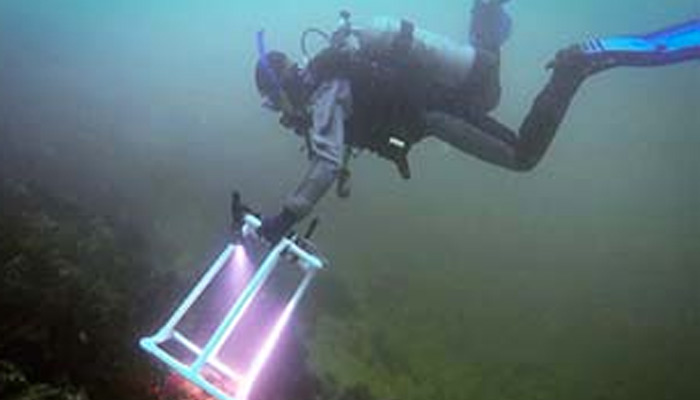Published on January 8, 2016

Eliza is a Ph.D. candidate in the UW Department of Biology and a graduate fellow in the IGERT Program on Ocean Change. She studies urban marine ecosystems under the guidance of Dr. Ken Sebens. If you like what you read below, check out her blog at www.urbanmarineecology.org.
In 1955, Columbia Pictures released the thriller It Came From Beneath The Sea, in which an enormous octopus begins terrorizing the good citizens of San Francisco (Figure 1). Though lacking in certain factual details (for instance, the octopus possesses only 6 legs in some shots) and decidedly biased against the octopus, the film alludes to one phenomenon that is not entirely fictitious. It turns out there are giant octopuses lurking in the depths of urban waterfronts in coastal cities on the West Coast. They are Giant Pacific Octopus (Enteroctopus dofleini), the largest known octopus species in the world. At up to 20 feet in length from one tentacle tip to the other, they are veracious predators of crabs, clams, and other invertebrate prey. It may seem surprising that they occur in relatively high densities in heavily urbanized areas, where marine habitats are generally thought to be of poor quality and lacking in species diversity and abundance. But if you’re standing at the waterfront in downtown Seattle, chances are there is a Giant Pacific Octopus just a stone’s throw away, denning in an artificial structure provided by humans and foraging in the surrounding seascape.
Read the complete story from the UW Friday Harbor Labs >